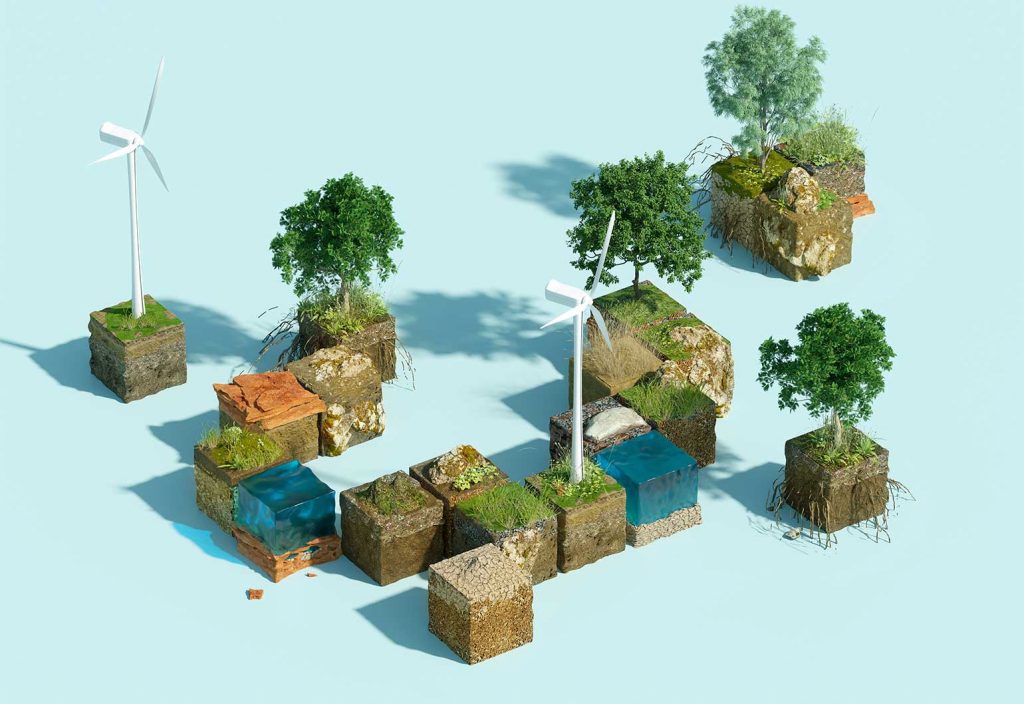A recent competition run by Young Engineers Australia (YEA) required engineering students to put their minds to the exciting and highly topical challenge of clean energy and carbon neutrality, exploring how best to use captured carbon in a sustainable and scalable manner.
More than 300 engineering students registered for the national event, which followed the successful 2020 YEA Victoria Case Competition. To add to the excitement, the winning students get to present their submission at Engineers Australia’s Climate Smart Engineering conference next month.
Run as a fast-paced simulation of a real-world project condensed into a few weeks, students formed 81 teams of up to four students, representing 20 of the nation’s universities. Of those, 53 teams submitted a solution to the case study brief.
In their pitches, the students were required to answer four questions:
- Picking one stage of the carbon lifecycle, what is your solution to utilise captured carbon?
- How will the utilisation of carbon impact the life cycle footprint of where it is applied?
- What Sustainable Development Goals does your solution aim to incorporate?
- How will you promote responsible sourcing of resources throughout the supply chain?
Each team submitted a tender outlining their proposed solution, which was reviewed by a judging panel, with the top five teams selected for a virtual pitch-off to the judges.
And the winner is…
After a close-fought competition among teams from the Australian National University, Monash University, University of Melbourne, and two groups from RMIT, the title went to Monash’s team Sniff Sniff, which was made up of students Jie Zhou, Yinlin (Eleen) Li, Justin Cheng and Ivan Trac.
The team’s proposal was for sustainable cement to sequester CO2 into buildings — tackling the cement industry, which is responsible for 18 per cent of Australia’s emissions.
Eleen Li explained their idea was to sequester the carbon in the sea into calcium carbonate through electrolysis.
“With the intake of around 350 GL of seawater, it has the potential to mineralise one megatonne of CO2, and to produce two megatons of calcium carbonate. That’s the weight of five Eureka towers worth of CO2,” she said.
“What makes this superior to other carbon capture methods is the fact that it can produce green hydrogen — which can be used for biofuel — while also being cost competitive with other carbon capture methods. Furthermore, the depleted water can be released back into the ocean, to reduce ocean acidity or utilised by desalination plants to produce drinking water.”
Her teammate Jie Zhou said using the ocean seemed like a logical approach.
“Why not capture carbon from what covers 71 per cent of the world: the ocean? It absorbs 30 per cent of total CO2 emitted, and stores 150 times more CO2 than air per unit volume,” he said.
The team proposed a Portland-Limestone cement to replace 10 to 12 per cent of general purpose cement with calcium carbonate, the product of the system. The cement is not only better for the environment, but also has better performance.
Team Sniff Sniff produced feasibility calculations that showed their solution would cost $10 to $50 per tonne of CO2 sequestered.
Judge Dr Ben McGarry said the team’s presentation was “really impressive, both the written one and your in person presentation”.
Engineers Australia Climate Lead Mark Bonner noted that the novelty of the proposal was high.
“Cement is not going away, and I think anything that can reduce the carbon footprint of this important material is absolutely critical,” he said.
Judges commended runner up team The IT Crowd from the Australian National University for its “wow factor” of addressing cattle methane emissions, which are 8 to 10 per cent of Australia’s greenhouse gasses, through a feed supplement that could reduce emissions between 80 to 99 per cent.
Get involved and learn more about Young Engineers Australia here.
